Discover Miss Rae's Room Dyslexia Blogs, a comprehensive series dedicated to empowering educators and promoting effective strategies for students with Dyslexia. From different types of Dyslexia and Dyslexia screeners to signs of Dyslexia and evidence-based interventions and accommodations in the general education classroom, explore the infusion of the Science of Reading into instruction, explore school's roles in defining Dyslexia, and learn about best practices for teaching students with Dyslexia. Gain valuable insights and practical guidance to create inclusive and supportive learning environments. Start your journey towards improving outcomes for students with Dyslexia today!
|
10/22/2022 0 Comments Can schools diagnose Dyslexia?
Dyslexia is a specific learning disability that impacts a student's ability to learn to read.
Federal guidance endorses the use of the term Dyslexia during evaluation, eligibility determinations, and IEP documents when students meet the criteria as outlined in the most widely accepted definition of Dyslexia. In most states, though, Dyslexia falls under the educational disability category of a Specific Learning Disability. Teams of educators including school psychologists, reading specialists, speech and language pathologists, and special educators can determine if students meet the criteria for Dyslexia (or a Specific Learning Disability) during eligibility testing and/or re-evaluations. So, can schools diagnose Dyslexia?
Well, we are not doctors so we cannot "diagnose" student. BUT we can find students eligible for Special Education services under an educational disability category of a Specific Learning Disability.
And because Federal guidance endorses the use of the term Dyslexia during Special Education evaluations, eligibility determinations, and IEP documents when students meet the criteria as outlined in the most widely accepted definition of Dyslexia, we can say things like... "Based on our evaluation results, the team agrees that the student is demonstrating characteristics of Dyslexia." "The student meets the criteria for Dyslexia based upon the evaluations that were conducted." "When considering the student's scores against the most widely accepted definition of Dyslexia, the Team can conclude that the student meets criteria for Dyslexia."
Happy & Healthy Teaching!
PEACE, Miss Rae Related Resources...
0 Comments
Your comment will be posted after it is approved.
Leave a Reply. |
Proudly powered by Weebly
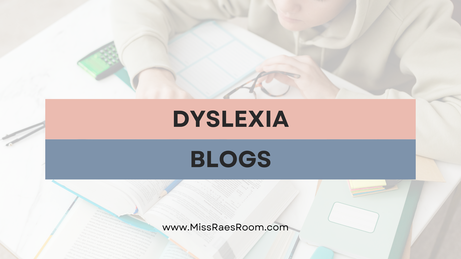
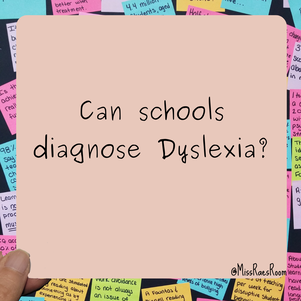
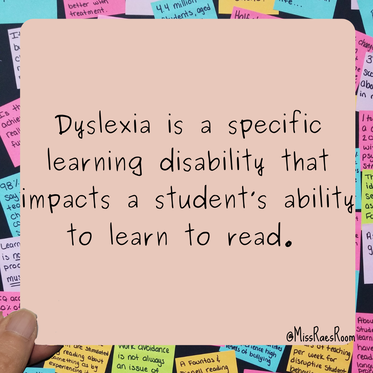
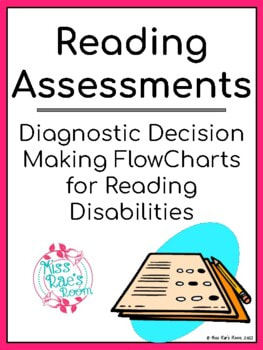
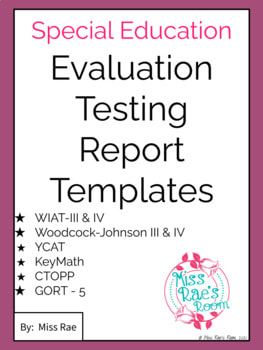
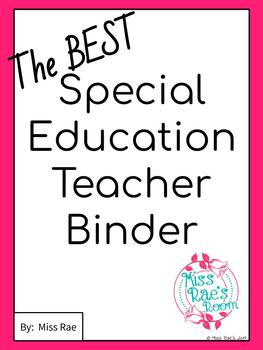

 RSS Feed
RSS Feed